by Griffin Cooper
In this article I would like to share our student’s trade results from our Applied Systems Development course trading assignments. We provide instruction during our classes and encourage students to independently apply the taught rules and principles on their own trading platforms throughout the week.
One of the best parts of our Applied Systems Development course is our hands-on exercises at the intensive Kata Challenge Workshop. This is a six week interactive workshop that is part of our 12 week Applied System Development course. We meet each week in live Zoom sessions. Each student has a trade log provided for them where they can enter all of their trade data. This way from the very start of the course we’re practicing good record keeping, while the collection of the data can be used to give an example of how to do an assessment. It also demonstrates through actual experience that professional, profitable trading doesn't have to be complicated. We had about a dozen students participate in the workshop, trading the system each week.
For the Kata Challenge workshop we gave the students three symbols to trade, one time frame and three basic patterns. We taught and traded the patterns one at a time, and then methodically started to combine the patterns. We also used very simple exits that were sure to let our profits run and cut our losses. This greatly reduces complexity and cognitive load. By simplifying the span of control through using just a few symbols, one time frame and just three patterns, traders were able to execute the system effectively and let the results take care of themselves.
Combined students results trading the Kata Challenge over 6 weeks
Let's examine the trading outcomes of the six weeks of applying the Kata Challenge patterns by our students that submitted their homework assignments. The first observation is the presence of a consistently rising equity curve. We also observe that there were controllable drawdowns.
Combined student results trading the Kata Challenge over 6 weeks
There were 243 trades in total, a good sample size. There is also a very good win to loss ratio of about two to one where our wins were on average twice as large as our losses. Trade results showed a 50% win rate. This would be like flipping a coin that pays better than two to one, a very favorable edge.
We had a diverse group of traders participating in the workshop, ranging from novices to experienced individuals. Our approach was centered around practical learning in real market conditions, emphasizing essential trading skills, including pattern recognition, as well as the crucial psychological aspects of patience, discipline, and the ability to think in probabilities. It's important to note that the results presented in this article were achieved in a classroom-driven environment. Future results may vary, and it's essential to understand that this information is intended solely for educational purposes, without any guarantees or predictions about individual trading outcomes
We have a new cohort of the Applied Systems Development Course starting on November 7, 2023 that, we believe, will be our best session yet. We had a lot of great feedback from our students that we plan to implement in our next session, so that we can all learn together in a safe, supportive and collaborative environment.



